
Cats are mysterious creatures, oftentimes leaving us wondering why they do the things they do. One of their most common behaviors is kneading, or what looks like a massage between a cat and its favorite pillow or blanket. But why do cats knead?
Cats knead with their paws to show affection, but it is believed to have origins in their instinct to prepare a soft and warm spot for sleeping, as they did with their mothers’ fur when they were kittens. The behavior is also thought to release happy hormones and may indicate contentment, comfort, and pleasure for the cat.
Why Do Cats Knead?
Kneading is a behavior commonly observed in cats, where they use their paws to push against a soft surface, such as a blanket, couch, or even their owner’s lap. It is a fascinating and often adorable behavior that has puzzled cat owners for years.
Origins
The act of kneading is believed to have its roots in a cat’s early days as a kitten. When a kitten is nursing, they push their paws against their mother’s nipples to encourage the flow of milk. This instinctual behavior continues into adulthood and becomes a means of comfort and expression.
Sign of Affection
Cats knead as a sign of affection, and it is often associated with happy and relaxed moments. For example, a cat may knead when they are being petted, or when they are curled up on a cozy bed. This behavior is a way for cats to express their contentment and show their love to those they trust.
Relaxation and Comfort
Kneading can also be seen as a way for cats to relax and feel comfortable. The rhythmic motion and pressure on their paws may stimulate the production of endorphins, which are natural painkillers and mood enhancers. As a result, kneading can make cats feel calm and content, and even help them fall asleep.
Marking Territory
Another possible reason for kneading is marking territory. Cats have scent glands in their paws, and when they knead a surface, they are leaving their scent behind. This is a way for cats to claim a particular area as their own and to let others know that it is occupied.
Relevance to Humans
Cats often knead their owners, especially if they are feeling affectionate toward them. However, it is important to be mindful of a cat’s claws when they are kneading, as they can accidentally scratch the skin. To prevent this, it is a good idea to keep their claws trimmed or to provide them with a soft surface to knead, such as a blanket or a pillow.
Kneading is a behavior that has many possible explanations, from marking territory and expressing affection to seeking comfort and relaxation. Regardless of the reason, it is a fascinating and endearing behavior that cat owners are sure to enjoy.
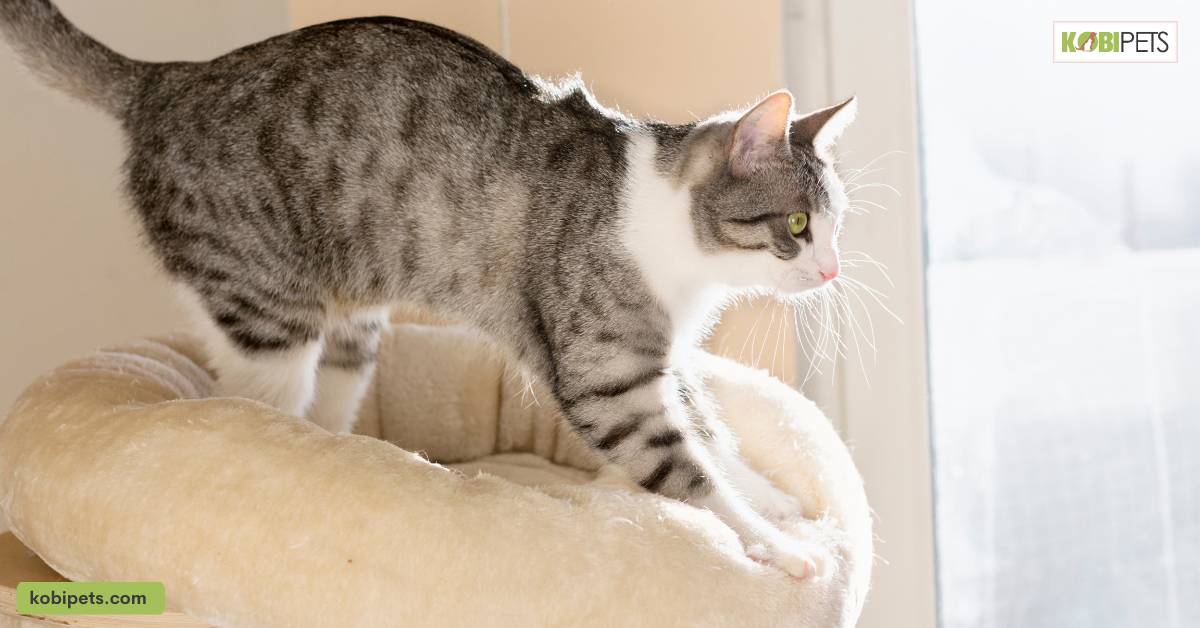
The Different Types of Cat Kneading Movements
Cats are amazing and strange creatures. One of the more curious behaviors cats are often seen exhibiting is kneading. This behavior has puzzled many cat owners, who have often noticed their cats pushing their paws in and out against a soft surface such as a blanket, a cat bed, or even their owner’s lap.
Though it may appear to be random, kneading is an instinctive behavior that cats perform for various reasons. Let’s take a closer look at the different types of cat kneading movements.
Types of Cat Kneading Movements
Though all cats knead for similar reasons, there are two distinct types of cat kneading: lateral and vertical movement. Lateral movements involve pushing the paws in and out alternately from side to side (or left-right). This type of motion is usually done on both front legs at once with short pulls or with one leg and then another in alternating motions.
Vertical movements involve pushing each paw up and down alternately in swift strokes (or up-down). These strokes may be slow or fast depending on how relaxed your cat is feeling at that particular time!
Don’t Stop ‘Til You Get Enough! – How Long Does Kneading Last?
This depends largely on how comfortable your cat feels at the moment – if he’s feeling particularly relaxed he might keep going for quite a while! However, most cats will only spend around 10 minutes engaged in this activity before getting bored/distracted by something else.
Additionally, sometimes when you pet your cat he might begin to knead – this can either last briefly or run into several minutes depending on his mood.
All in all though, don’t be alarmed if you notice your cat engaging in this mysterious behavior – it just means he’s happy and contented! Knowing why your feline best friend does what he does can help strengthen the bond you share too so take some time now and again to observe him as he goes through his daily routines – you might learn something new about him every time!
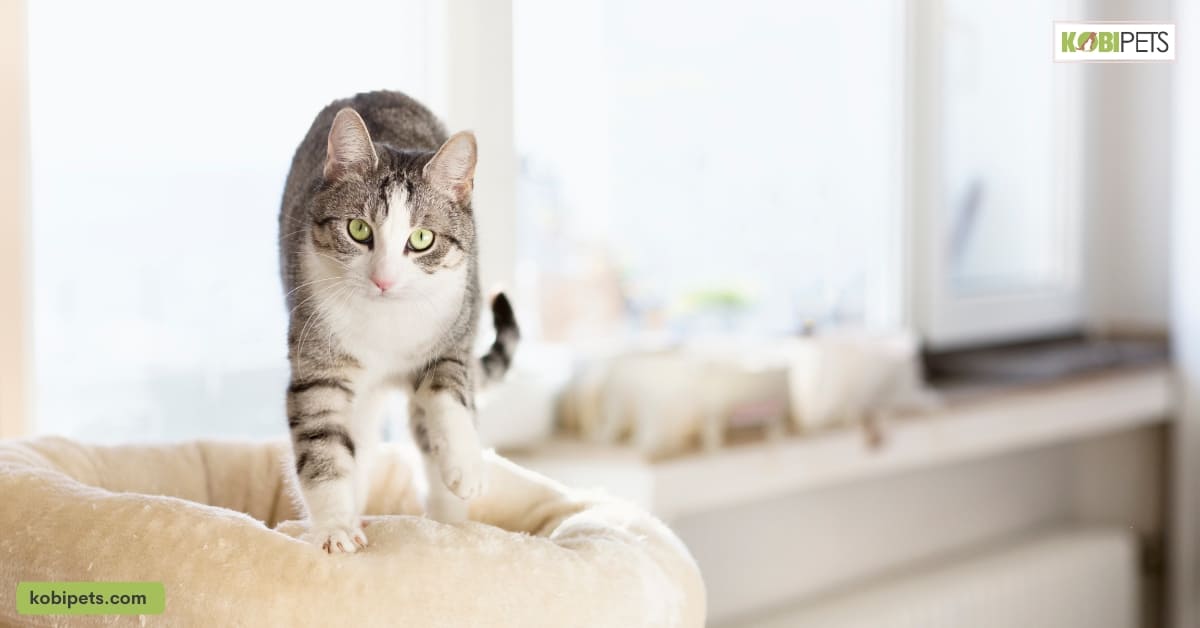
How to Tell if Your Cat is Kneading
Kneading is a common behavior in cats and is easily recognizable by the rhythmic movement of their paws. When a cat is kneading, it will use its front paws to push against a soft surface, such as a blanket, pillow, or its owner’s lap, alternating between left and right paws. The movements can range from gentle pats to more forceful pushes, and the cat may even use their claws during the process.
To determine if your cat is kneading, it’s helpful to pay attention to their body language and surrounding cues. If your cat is relaxed and appears to be enjoying itself, they are likely kneading. They may also purr or nuzzle their face into the surface they are kneading.
Additionally, if your cat is kneading on a soft surface, such as a blanket or pillow, they may manipulate the fabric with their paws, creating small, circular indentations. If you are unsure if your cat is kneading, simply observe their behavior and pay attention to the movement of their paws.
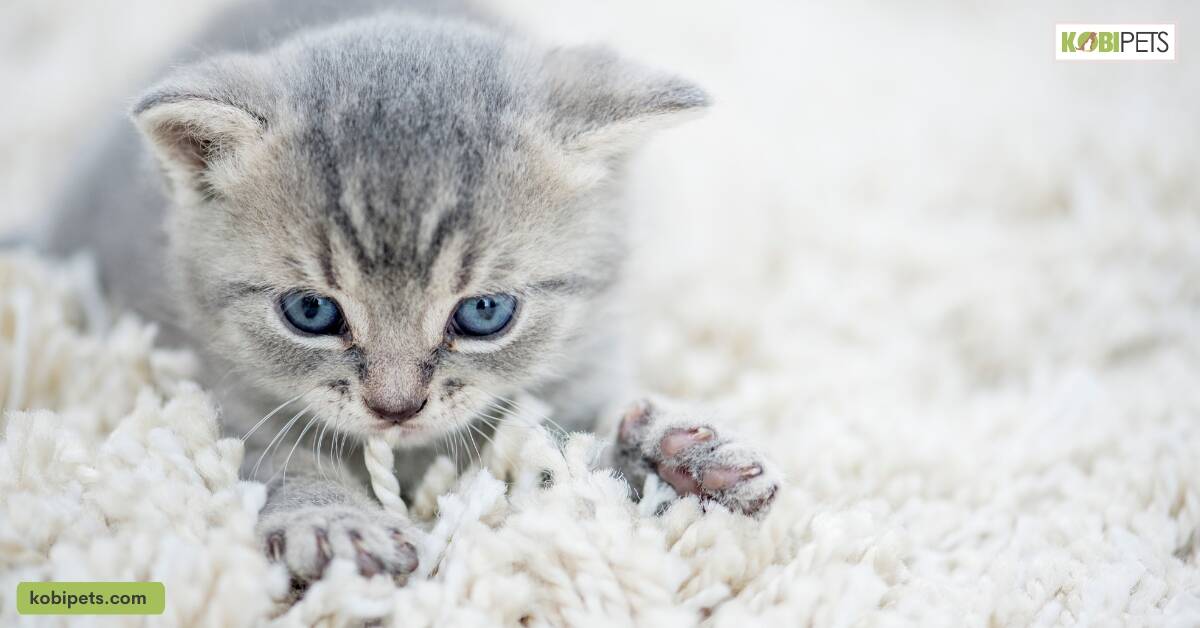
Tips on How to Make the Kneading Experience Better for Your Cat
Kneading is an instinctive behavior in cats, but it can also be uncomfortable and painful for them if done incorrectly. Understanding how you can make the kneading experience better for your cat is key to helping them enjoy this natural activity more. Here are some tips on how to do just that:
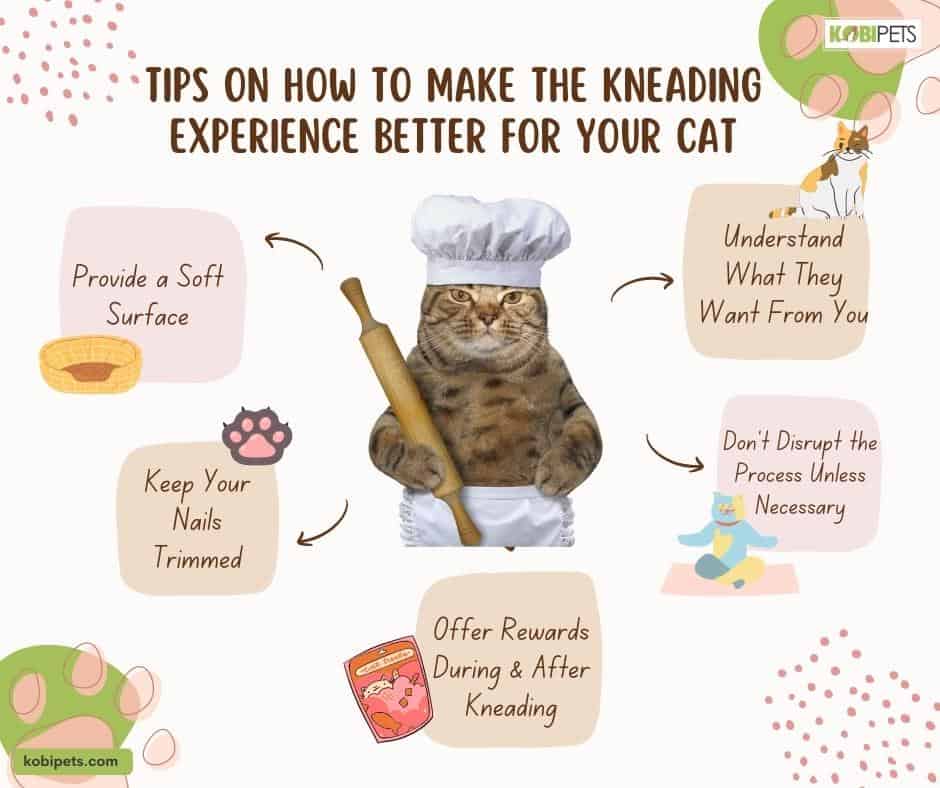
Tips on How to Make the Kneading Experience Better for Your Cat
Provide a Soft Surface
Cats generally prefer soft surfaces such as blankets or towels when they’re kneading, so try to provide these items for them if possible. This not only gives them something comfortable to sink their claws into but also helps prevent any accidental damage from occurring due to sharp claws being forced through hard materials!
Understand What They Want From You
Though kneading can be comforting for cats, sometimes they use it as a way of asking you to pet or hold them while they do so! Pay attention to the way your cat behaves when they start kneading – if they’re pushing against you or pushing their head into your hand then it’s likely they want some extra TLC during this time!
Keep Your Nails Trimmed
While cats don’t mind using their nail bed as a scratching post, having sharp nails pressed into their fur can cause discomfort and even injury over time. It’s important to keep your nails trimmed to avoid any potential issues arising from too much pressure being applied when kneading occurs.
Don’t Disrupt the Process Unless Necessary
As with most activities involving animals, it’s best not to disturb them unless necessary – especially since cats may become startled and potentially lash out if interrupted suddenly mid-way through the process. If you find yourself needing to cut off the session abruptly then be sure that you approach slowly and with caution in order not to startle your furry friend!
Offer Rewards During & After Kneading
Offering rewards after a session of kneading not only reinforces positive behaviour but also encourages further engagement with this activity in the future – which is always beneficial! Try offering treats (such as catnip) during and after a session of kneading as well as other forms of physical affection like scritching behind their ears or around their cheeks – this will help show them just how much you appreciate their efforts!
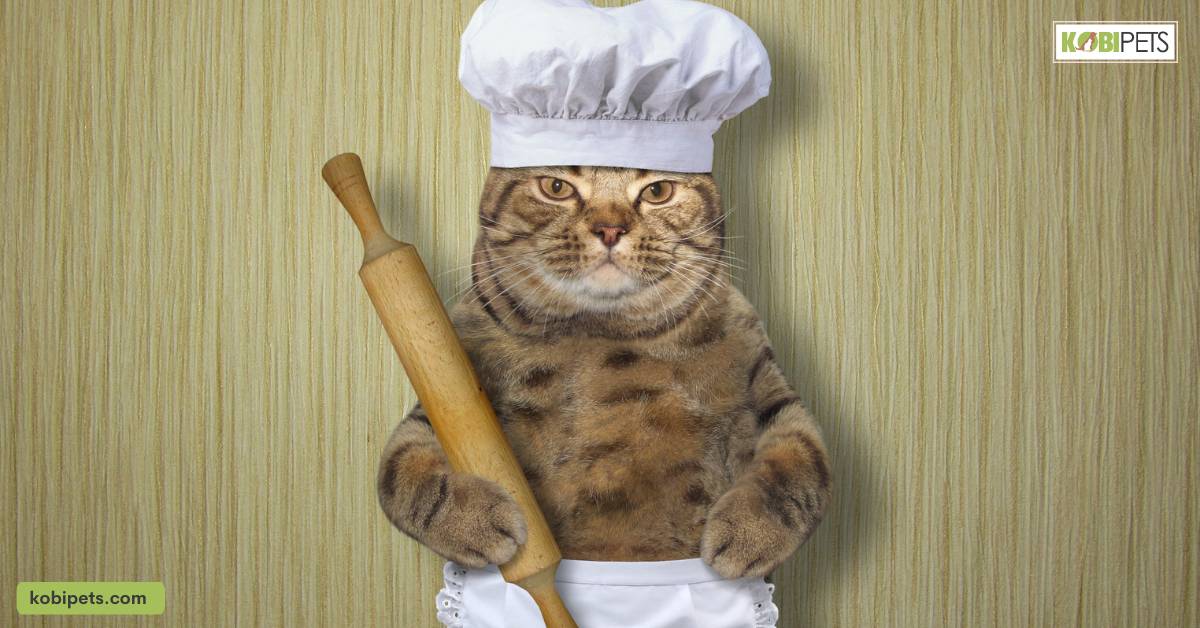
In conclusion
Kneading is a common behavior in cats, and it’s sure to continue to fascinate cat owners for years to come. Knowing the different types of kneading movements, how long they will usually last, and how you can make the experience better for your cat are all key elements of understanding this endearing behavior.
Cats may knead for a variety of reasons, from marking their territory to expressing affection, but one thing is certain—it’s an adorable behavior that we can all appreciate!






